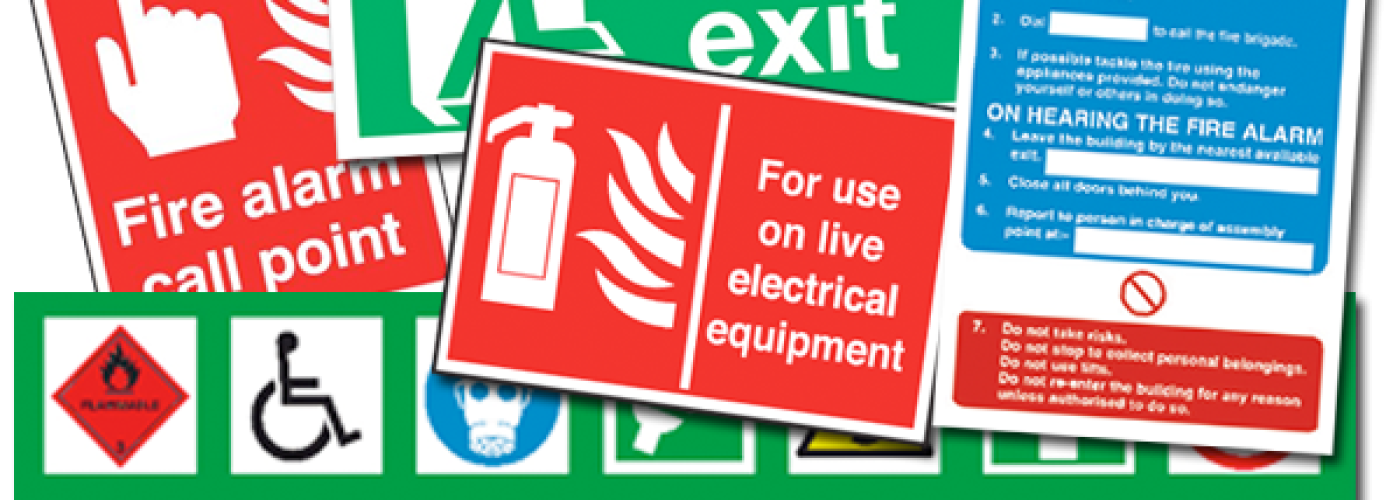The use of contractors across the construction industry is commonplace as they are hired to complete specialist tasks or seasonal work. However as part of hiring contractors it is important to consider the safety measures and responsibilities across the workplace. By involving someone who is a temporary part of your team, without the correct training and safety awareness there is greater risk of accidents.
What is a Contractor
A contractor is someone who has been hired for a specific job and does not work regularly for an employer. They may be brought in to undertake tasks which are highly specific or simply when more staff are required. Contractors are commonly used across the construction industry to complete bigger tasks where a variety of skills are needed.
The Law
Under health and safety law both the contractor and the business have obligations and duties. To ensure the safety of any personnel carrying out work, full risk assessments must be undertaken, and adequate training provided.
All parties should be in full cooperation and be aware of any health and safety information for the site such as correctly identifying safety signs or understanding set procedures such as lock out tag out or one man one lock. There are a number of health and safety and construction regulations which must be adhered to, ensure you fully understand the law before bringing a contractor on site.
Safety Procedures and Managing Contractors
As part of hiring contractors, you should have pre-defined steps in place to ensure their safety when working on site. Here are some of the steps which should be undertaken:
- Plan Ahead
Prior to employing a contractor, you should plan ahead for any training or health and safety measures that need to be in place. You should create a checklist to assess your health and safety management and if it is suitable to employ contractors under your current guidelines.
As part of this planning process you should also clearly define the job at hand and assess any risks associated with it.
- Hiring
When hiring a contractor, you should ensure this is the correct person for the job. Make sure to check credentials and ask for evidence of work. When you have successfully chosen your contractor ensure you show them around the site and make them aware of any health and safety procedures.
- Working
When working on site it is important that the contractor adheres to safety measures such as signing in and out and wearing the correct safety equipment.
- Review
Both during and after the work, reviews should be undertaken to ensure the work is of high standard and the contractor is correctly adhering to safety guidelines.
Working with contractors is inevitable in some industries and it is important that considerations have been made for their safety in the workplace. Ensure you know the law and have health and safety procedures in place prior to hiring a contractor and any relevant training is provided before work is undertaken.





